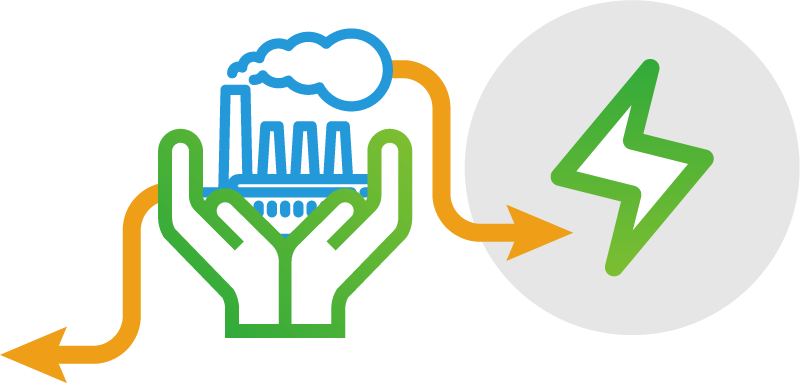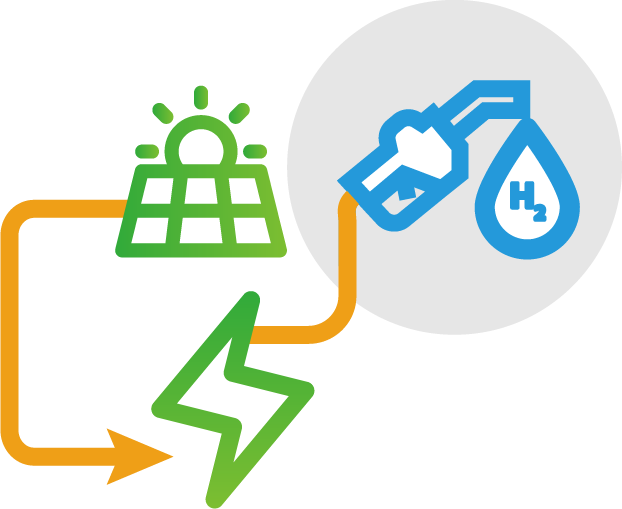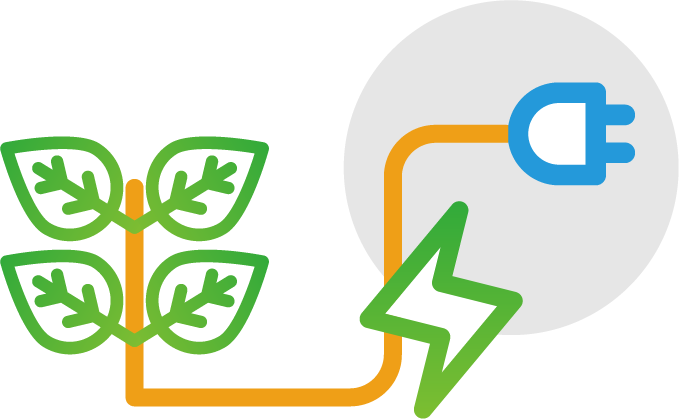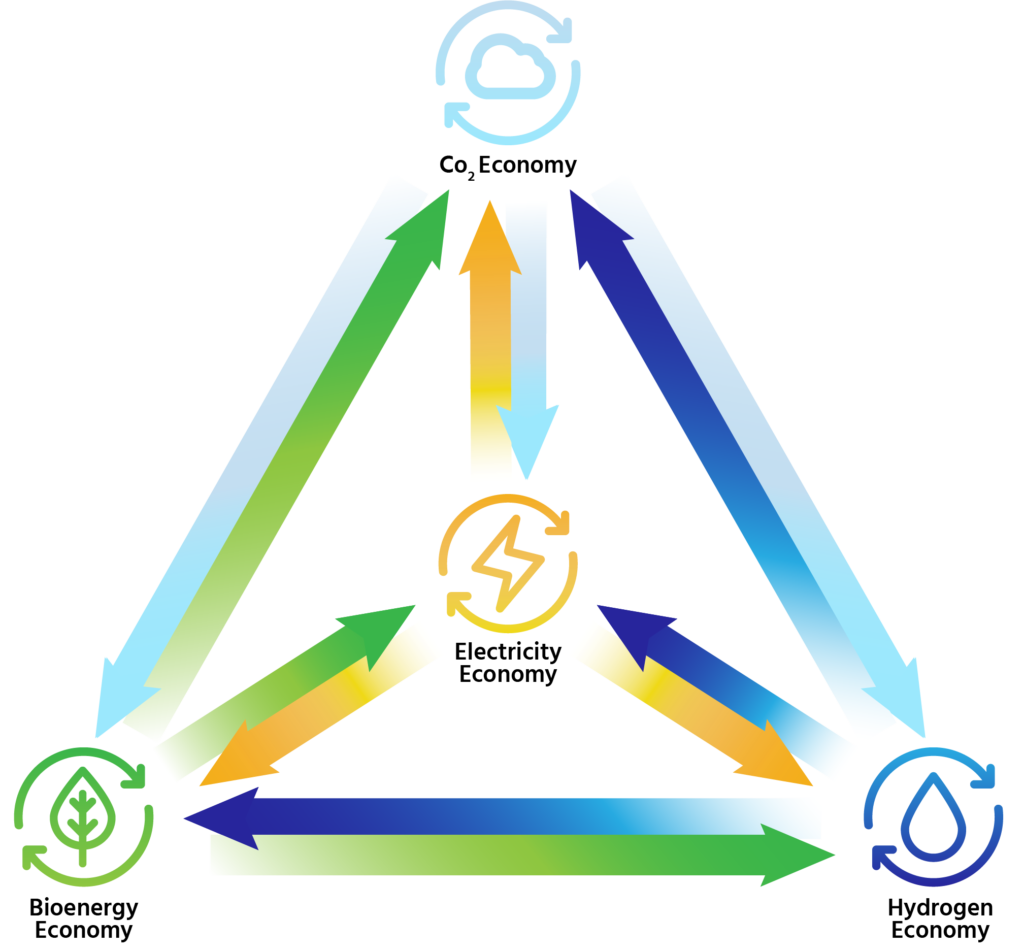Regional Energy Solutions
– Dr. Jennifer Wilcox, Principal Deputy Assistant Secretary
DOE Office of Fossil Energy and Carbon Management
Reaching carbon neutrality requires a significant transformation of the energy sector, including heavy investment in clean energy technologies. The U.S. Department of Energy has been advancing such technologies for decades through its applied energy programs, with the national laboratory complex being an important resource in its clean-energy strategy.
Building on several decades of scientific assessment, research, and economic development by stakeholders, the I-WEST team is focusing on three main technology pathways to achieving regional carbon neutrality on an accelerated timeline.

Carbon Capture, Use, and Storage
The transition to a clean energy future demands reliable means to capture, use, store, and remove carbon, while creating regional economic opportunities.
Clean Hydrogen
In hard-to-decarbonize sectors such as industry, power, and transportation, hydrogen is a critical tool. Fossil fuel infrastructure can be converted to generate hydrogen fuel—this transition will play a key role in the Intermountain West’s energy transition.


Bioenergy and Bioproducts
To meet carbon reduction goals, we must invest in science and technologies focused on converting biomass into useful products, fuels, and fuel additives.
Symbiotic Technology Solutions
Part of I-WEST’s mission is to identify synergies between both the technologies and the economies of these energy-related areas. The symbiotic nature of these economies can be used in a regional strategy to accelerate deployment and design policies that consider such interrelationships.
The interdependencies between hydrogen, carbon, and bioenergy economies demand a keen understanding of how they interact relative to workforce, common resource and infrastructure needs, and deployment timelines.


Bioenergy Economy
Extracting energy from organic matter (e.g., algae, wood products, solid waste) can lead to carbon-neutral replacements for many fossil-derived fuels and products.

Hydrogen Economy
Hydrogen is a potent energy carrier that can be produced from a variety of sources, including natural gas, biomass, and water. Hydrogen conversion to electricity or liquid fuel is simple and clean—a viable substitute for fossil fuels.

CO2 Economy
Reaching net zero carbon must include strategies for reducing, recycling, and storing emissions. Captured CO2 can be used commercially, driving demand and providing incentives for infrastructure investments.

Electricity Economy
A post-petroleum society must include greater electrification of the economy. This will require R&D and infrastructure investments in renewables and other clean sources of electrical power generation.


